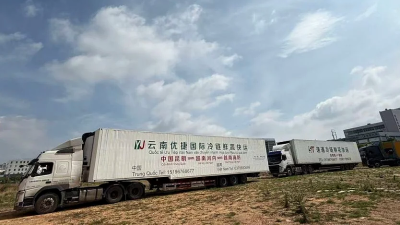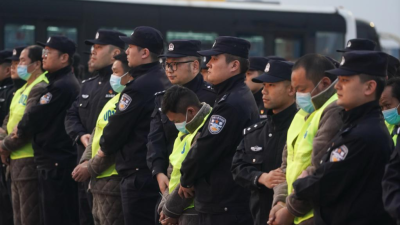
HANOI: The death toll from Typhoon Yagi and its subsequent rain that triggered floods and landslides climbed to 87 on Tuesday as 70 others remain missing and hundreds were injured, state media said.
Yagi was the strongest typhoon to hit the Southeast Asian country in decades. It made landfall Saturday with winds of up to 149 kph and despite weakening on Sunday, downpours continued.
Vietnamese state broadcaster VTV said floods and landslides caused most of the deaths.
Water levels in several rivers, including the Red River that flows through the capital, Hanoi, were dangerously high, forcing authorities to evacuate people living close by.
State media cited local officials saying Hanoi, Vietnam’s second-most populated city and home to 8.5 million people, experienced floods not seen since 2008.
Heavy rainfall and landslides killed 19 people in northwestern Lao Cai province bordering China.
Video obtained by The Associated Press on Tuesday showed soil sliding down a hill onto houses and a road while people fled for safety.
Meanwhile, authorities said three people were rescued after a steel bridge crumpled the day before into the Red River in the province, while 13 others remain missing, according to state media.
Thousands of people were also evacuated in the mountainous province of Yen Bai because of rising floods, local media said, adding that at least 32 people had died and seven were missing.
Authorities said over 10,000 homes in the province’s eponymous main city were completely inundated with floodwaters.
Blue Dragon Children’s Foundation said in a statement hundreds were displaced and isolated in the rocky provinces of Ha Giang and Dien Bien.
It also said debris from landslides blocked the roads in Ha Giang while schools near rivers were shut because of flooding risk
One of the hardest-hit Vietnamese provinces is Cao Bang, where 19 people died and 36 others are missing because of landslides in the hilly area, and where a bridge collapsed and a bus was swept away, carrying about 20 people into a flooded stream on Monday.
Yagi and its heavy rain also damaged factories in northern provinces like Haiphong.
Storms like Typhoon Yagi are “getting stronger due to climate change, primarily because warmer ocean waters provide more energy to fuel the storms, leading to increased wind speeds and heavier rainfall,” said Benjamin Horton, director of the Earth Observatory of Singapore.
ADVERTISEMENT
ADVERTISEMENT








































